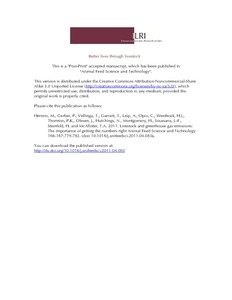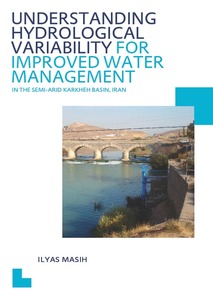CGIAR Research Program on Dryland Systems
CRP 1.1 was presented at the 4th Fund Council Meeting in April 2011. CRP1.1 targets the poor and highly vulnerable populations of the dry areas. It aims to develop technology, policy and institutional innovations to improve livelihoods, using an integrated systems approach. The program focuses on four strategic research themes (SRTs ) which cut across five focus regions. This CRP was approved with conditions at the meeting and subsequently received unconditional approval of inception phase & conditional approval of overall program & budget on Nov. 9, 2011.









